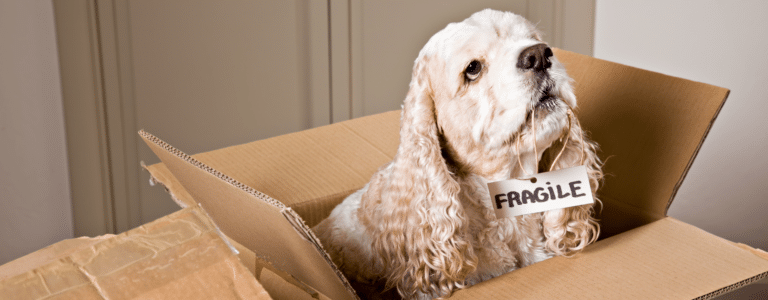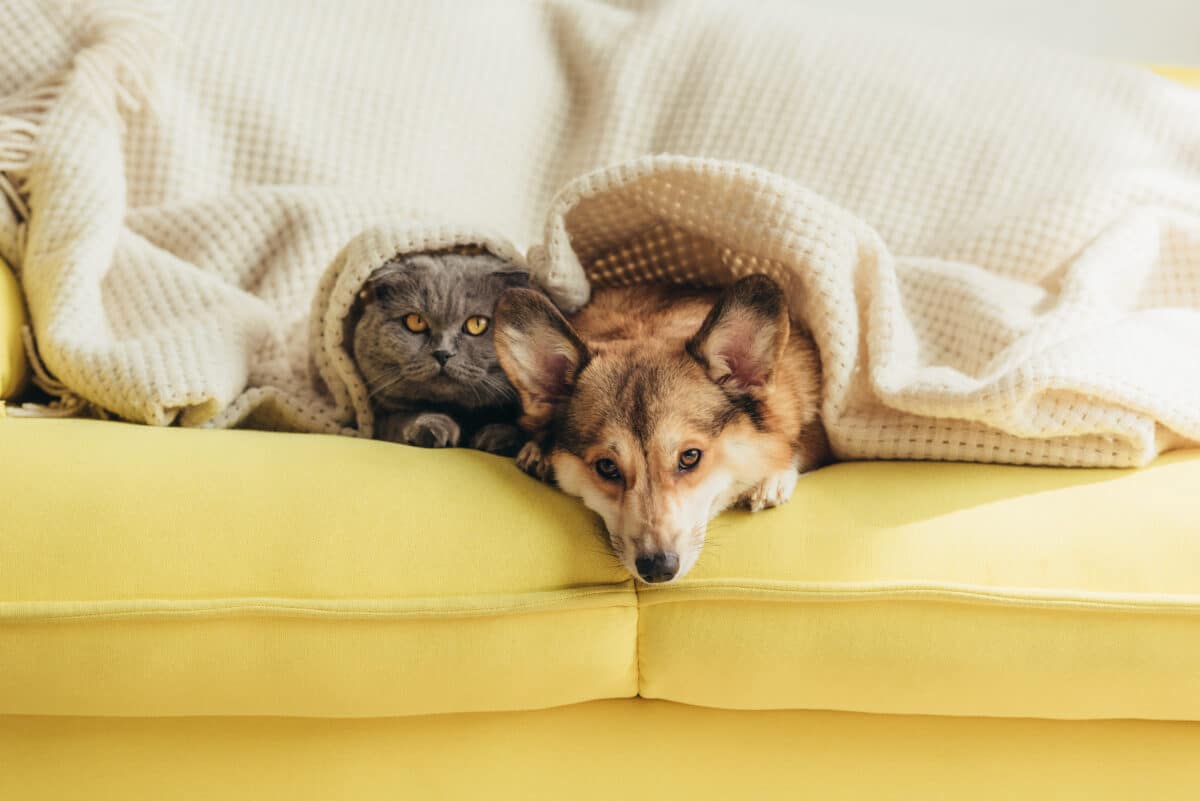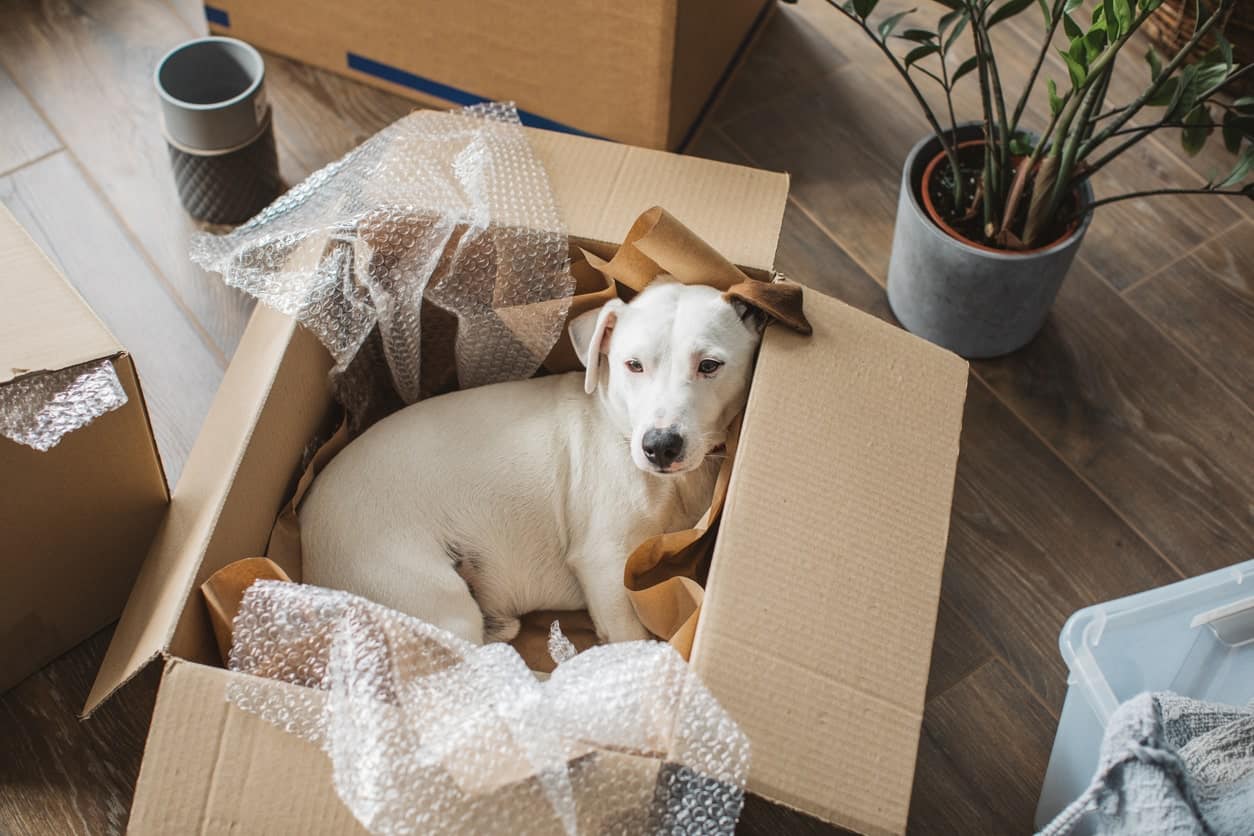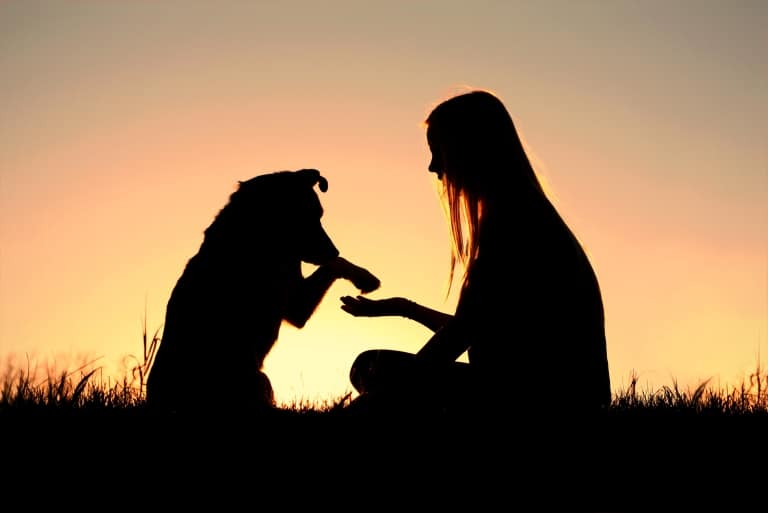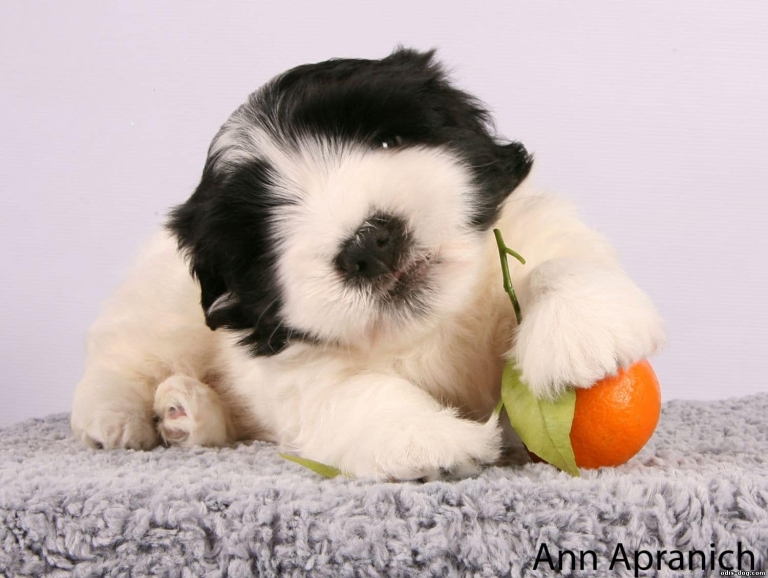Moving is an adventure, boxes and plans for us, but for the animal it is a disaster. The familiar smell of the couch is gone, the doors are not where they always are, and the window doesn’t smell like grandma’s pigeons. To reduce the shock, you need to take care of the most important thing – the safety base. This is a small “world” in a new home where everything is familiar and smells like “home”. A bed, an old plaid, a nibbled toy – everything that has the smell of the previous place, it is worth bringing first. And spread in a quiet corner before the animal even enters the house. It’s not just things – it’s a thread that connects the old and new life, reduces anxiety and gives a sense of stability.
The first hours: how not to frighten even more
You’ve entered the house – and then what? Do not immediately carry your pet on a tour of the apartment or drag him to a new bed in the living room. For him this is a hostile territory, and each new corner can frighten. It is better to limit the space: one quiet room where everything is quiet. Put water, food bowl, toilet (for cats) or resting place (for dogs) in familiar and comfortable areas. And just. give it time. Don’t force the animal to make contact. It will come on its own when it is ready. Your task is to be close by, observe, speak in a calm voice and take your time. At this point, you are its main beacon in the stormy sea of moving.
Mode
Everything around is new, incomprehensible, and therefore – anxious. The animal does not read the addresses on the doors, but it perfectly remembers what time you usually give breakfast, when you go out for a walk and how long you play before going to bed. This rhythm is like the pulse of normal life. That’s why it’s important to keep the same routine after moving. Don’t think that “it’s okay, we’ll walk later” – for you it’s a detail, but for the dog it’s a signal: “something’s wrong, my world is falling apart”. Cats in general are fans of stability: even a rearranged potty can cause stress. Feed, play, walk – just like before. Regularity – this is the foundation for the psychological balance of Tails.
Near, but not “over the soul”
Animals feel our energy very well. If you yourself(-a) are nervous about housewarming, boxes, the Internet and calls to the LCD – do not be surprised that the cat hides under the bed, and the dog does not want to eat. But it’s important not to overdo it here: don’t obsessively hug, carry in your arms, or “pull out from under the couch into the light.” Sometimes the best support – it’s just to be around, to give a choice. If the cat is sitting in the closet – sit next to him on the floor, read something aloud without looking at him. If the dog is fussy – sit in your seat where you used to lounge together and just wait. Animals pick up when we become quiet, calm, and reliable. It is that “presence” that heals.
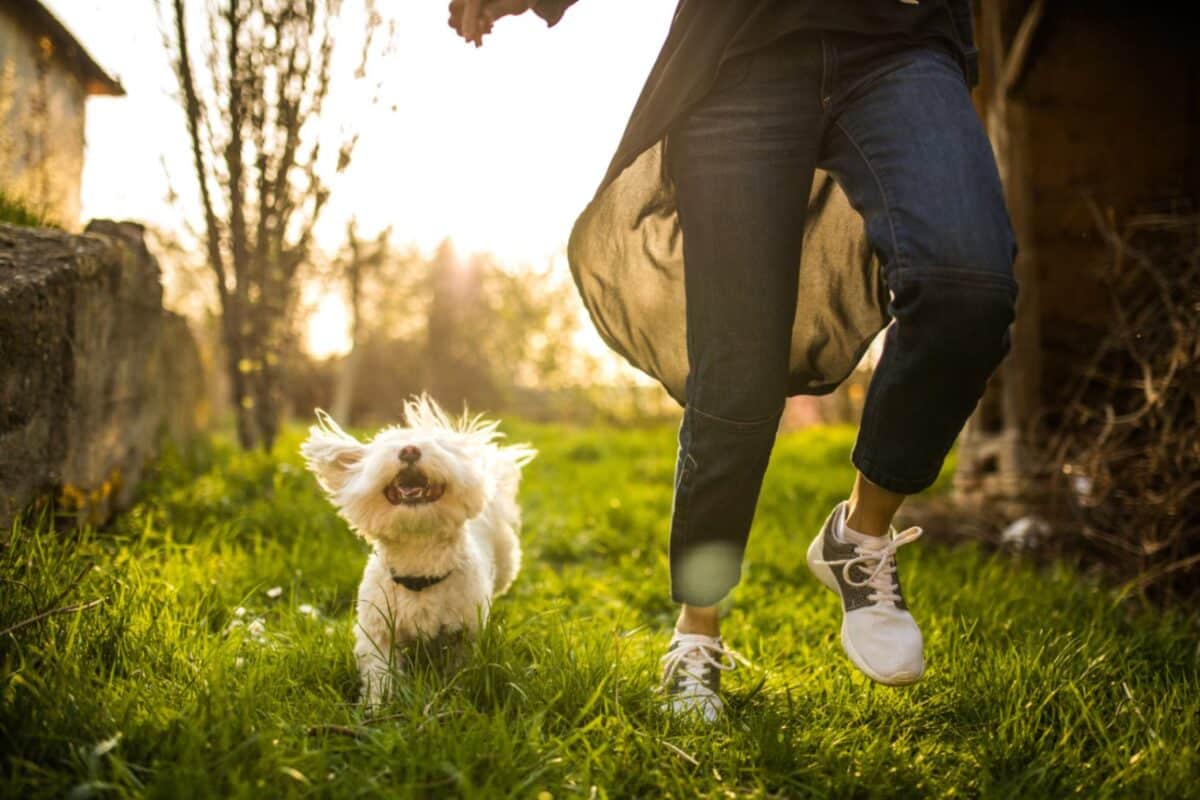
When it’s too much already
Sometimes we wait for an animal to “get used to it,” but weeks go by and it doesn’t get any better. It stops eating, hides, shakes its paws, does not want to walk or, on the contrary, has become aggressive and irritable. Such symptoms are not “character” and not “temporarily”, but real manifestations of chronic stress. In such cases, there is no shame in consulting a veterinarian or a zoopsychologist. Sometimes sedatives (veterinary!) are needed, sometimes work on the environment. The main thing is not to trigger. Because an animal’s emotional state is no small thing. It is its ability to trust you, to be happy in a new home and to feel “here is my home”.

